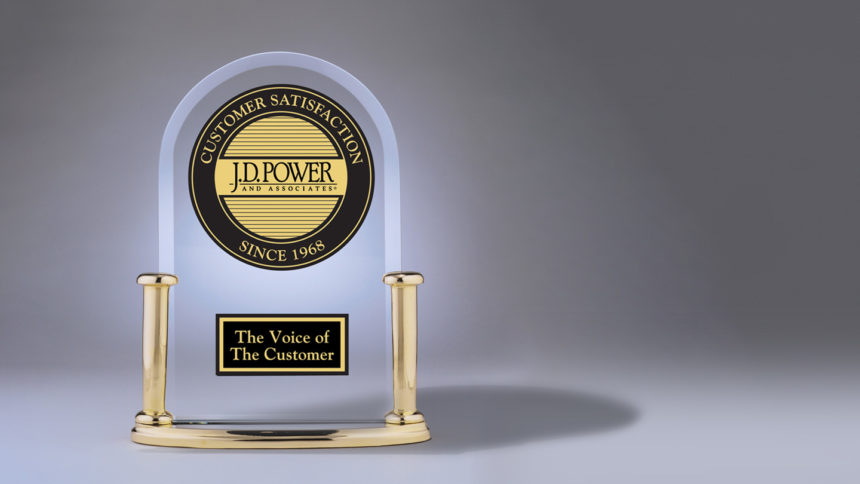
Credit: J.D. Power
Atria Senior Living ranks highest in overall satisfaction among assisted living and memory care providers in the J.D. Power 2021 U.S. Senior Living Satisfaction Study, even as senior living companies struggled to maintain resident satisfaction among pandemic challenges and workforce shortages.
According to the study, released today, Atria tops the overall customer satisfaction index of assisted living / memory care providers, scoring 845 out of a possible 1,000 points. Senior Lifestyle (831), Enlivant (828), Five Star Senior Living (825) and Sunrise Senior Living (825) round out the top five operators in the assisted living / memory care rankings.
Atria (742) ranks second behind Life Care Services (817) in independent living resident overall satisfaction in the listings. This is the third consecutive year Life Care Services has claimed the top spot for the sector. Rounding out the top five providers in the independent living segment are Brookdale Senior Living (735), Five Star Senior Living (731) and Senior Lifestyle (698).
J.D. Power noted that nationwide labor shortages and continuing pandemic challenges in the industry left senior living providers struggling to meet resident expectations for building and grounds upkeep and staff member retention.
In fact, overall satisfaction scores declined significantly this year — they were down 23 points from a year ago for independent living and down 12 points among family members / decision-makers with loved ones in assisted living / memory care communities.
Aspects of the senior living experience showing the sharpest declines in satisfaction this year are community building and grounds, and staff members, both of which have been severely affected by the nationwide labor shortage. Among independent living residents, satisfaction with community buildings and grounds declined 35 points this year, whereas declines in assisted living / memory care satisfaction were at 16 points.
Although senior living residents and their families said they were “incredibly appreciative” of the services provided during the pandemic, a growing frustration was evident in their responses — particularly among independent living residents, according to Andrea Stokes, senior living practice leader at J.D. Power.
Stokes attributes the downturn to “pandemic fatigue” among independent living residents in particular, because they rely more on building and community services. Delays in capital improvement projects — such as upgrades to common spaces, new carpeting and paint — also are playing into the impatience among residents, she told McKnight’s Senior Living.
On the assisted living / memory care side, Stokes said, declines in satisfaction were not as acute as they were in independent living. Interestingly, she said, perceptions about value were basically flat over past year for assisted living / memory care.
“They may be experiencing some declines in satisfaction — small declines — but there is that perception that their loved one is being cared for based on the agreement they signed, and they still feel like that value equation is still there,” she said, adding that the value for money factor carries the highest weight in the overall satisfaction score. “It’s important that family members still feel the assisted living providers are still providing what they promised to their loved one.”
And as providers consider rate hikes to address rising labor costs, Stokes said, “be careful.”
“As long as the service is there, that’s what’s important,” she said. “Everyone is expecting prices to go up, but the value equation needs to be watched very, very carefully.”
The satisfaction study, first released in 2018, measures resident satisfaction with the nation’s largest providers of independent living and assisted living / memory care services. Overall satisfaction was measured across six senior living experience factors: community buildings and grounds, community staff, dining, price paid for services received, resident activities, and resident apartment / living unit.
Results are based on 3,590 responses from independent living residents or family members / decision-makers whose loved ones were residents in assisted living / memory care communities between June and September.


